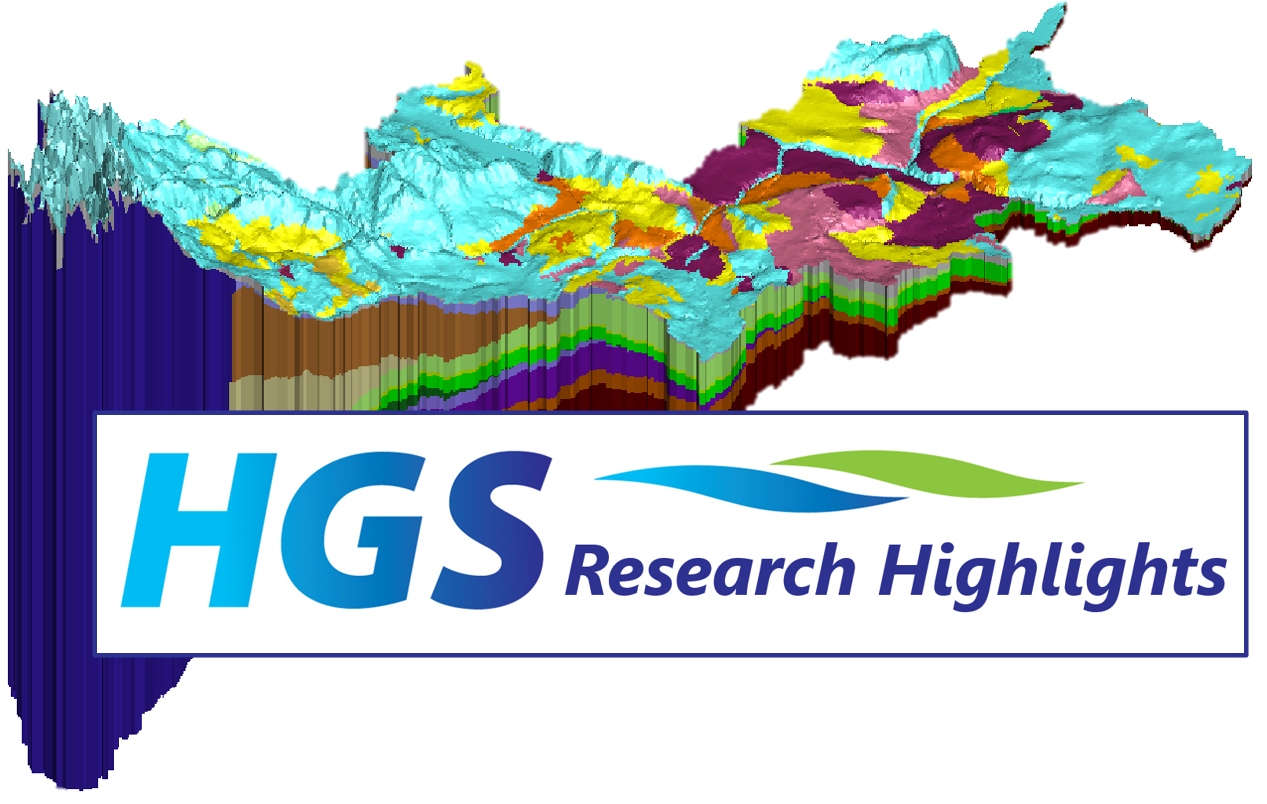Note: all event times are in eastern (EST/EDT)
CLICK HERE TO REGISTER
We were excited to meet HydroGeoSphere users at this summer’s CWRA conference in Halifax, NS! Join us and welcome HGS user Nicole Leroux, MASc, EIT as she delivers her CWRA presentation to the wider HGS user community!
Nicole graduated from Dalhousie University in 2020 with a Bachelor’s degree in Civil Engineering and in 2023 with a master’s degree. Nicole is currently working as a research associate in the Dalhousie Coastal Hydrology Lab where she assists with lab oversight, field campaigns, and numerical modeling across several ongoing projects.
This webinar will be of special interest to those researching the impacts of climate change of the dynamic hydrology of coastal regions, and users who rely HydroGeoSphere’s density dependent flow capabilities for saltwater intrusion.
Aquanty has always believed in fostering a healthy user community, and sharing knowledge and best-in-class software tools to enhance hydrologic modelling capacity across the board. Are you interested in sharing your own research with the Aquanty network?
Lateral and vertical saltwater intrusion into a coastal aquifer: Impacts of sea-level rise, storm surges, coastal flooding, and tides
Nicole Leroux, MASc, EIT
Climate change is projected to substantially increase the global mean sea level, which will adversely impact coastal communities worldwide. Dykes have been used for hundreds of years to reduce the influence of tidal waters on a variety of land uses behind the dykes. In Atlantic Canada, much of this dyked coast is impacted by mega-tidal conditions, which can have significant impacts on surface and subsurface saltwater intrusion and water flow dynamics along the coast. While the effects of surface flooding typically receive the most attention, coastal aquifers in dykelands are also vulnerable to salinization from higher maximum surface water elevations arising from climate change induced sea-level rise and intensifying storms. Present dyke configurations and designs in many locations worldwide may not be able to withstand these environmental conditions. We have collected geophysical, hydrogeological, and hydrodynamic field data (e.g., tidal signals, wave dynamics, groundwater levels, salinity) from a dyked coastline in Wolfville, Nova Scotia, Canada (Bay of Fundy) to investigate the risk of saltwater intrusion during storm surges. We apply these data to help calibrate and drive a hydrological model (HydroGeoSphere) to investigate the impacts of climate change (sea-level rise), tidal dynamics, and extreme events (storm surges) on coastal overtopping and resultant groundwater/soil salinization. Results suggest sea-level rise will influence the tidally maintained upper saline plume, while surface flooding overtopping the dykes results in salinization of shallow soils immediately behind the dykes. These modeling results provide critical information on prioritizing government investment in dyke enhancement, retreat, or removal, highlighting the importance of considering coastal groundwater resources in these decision frameworks.


